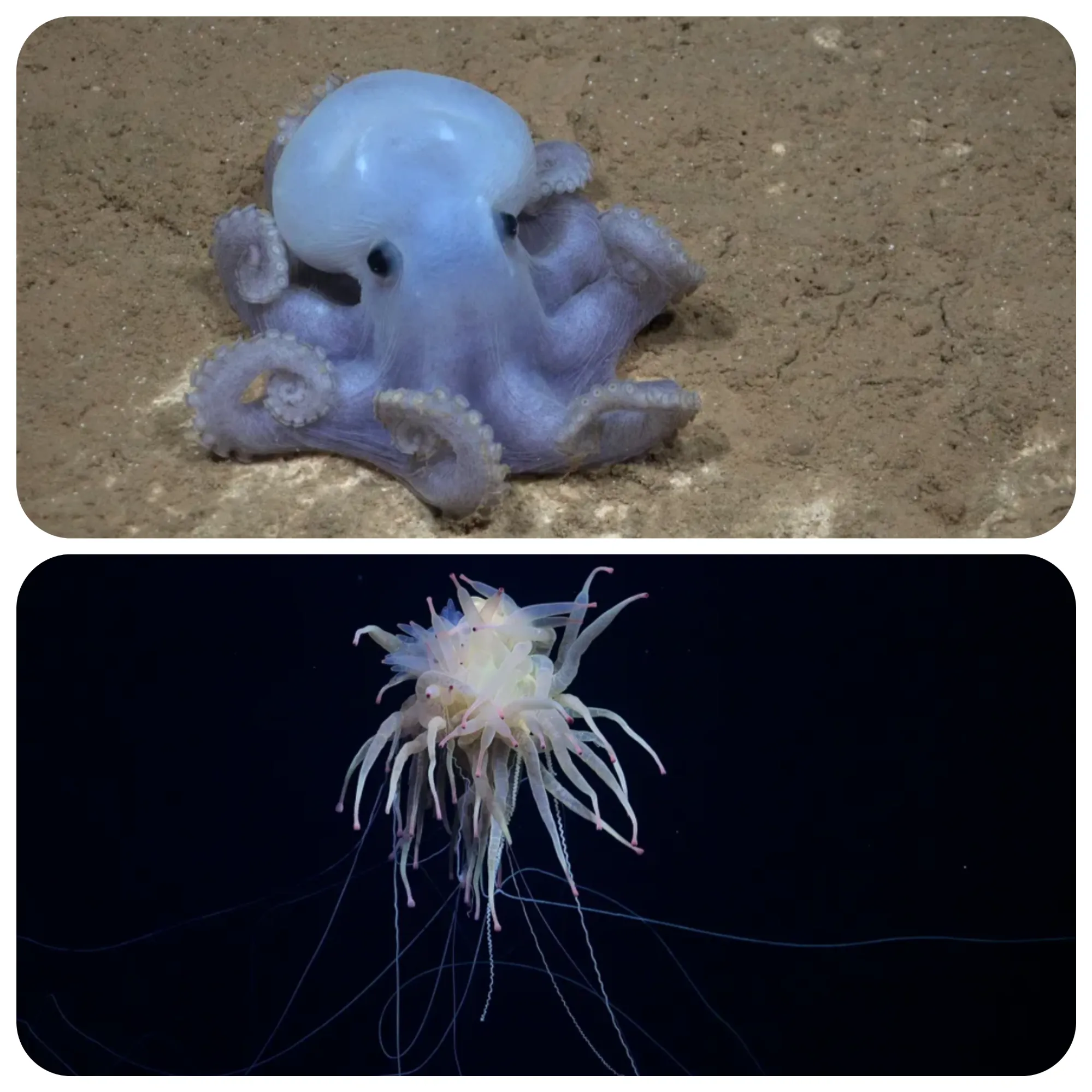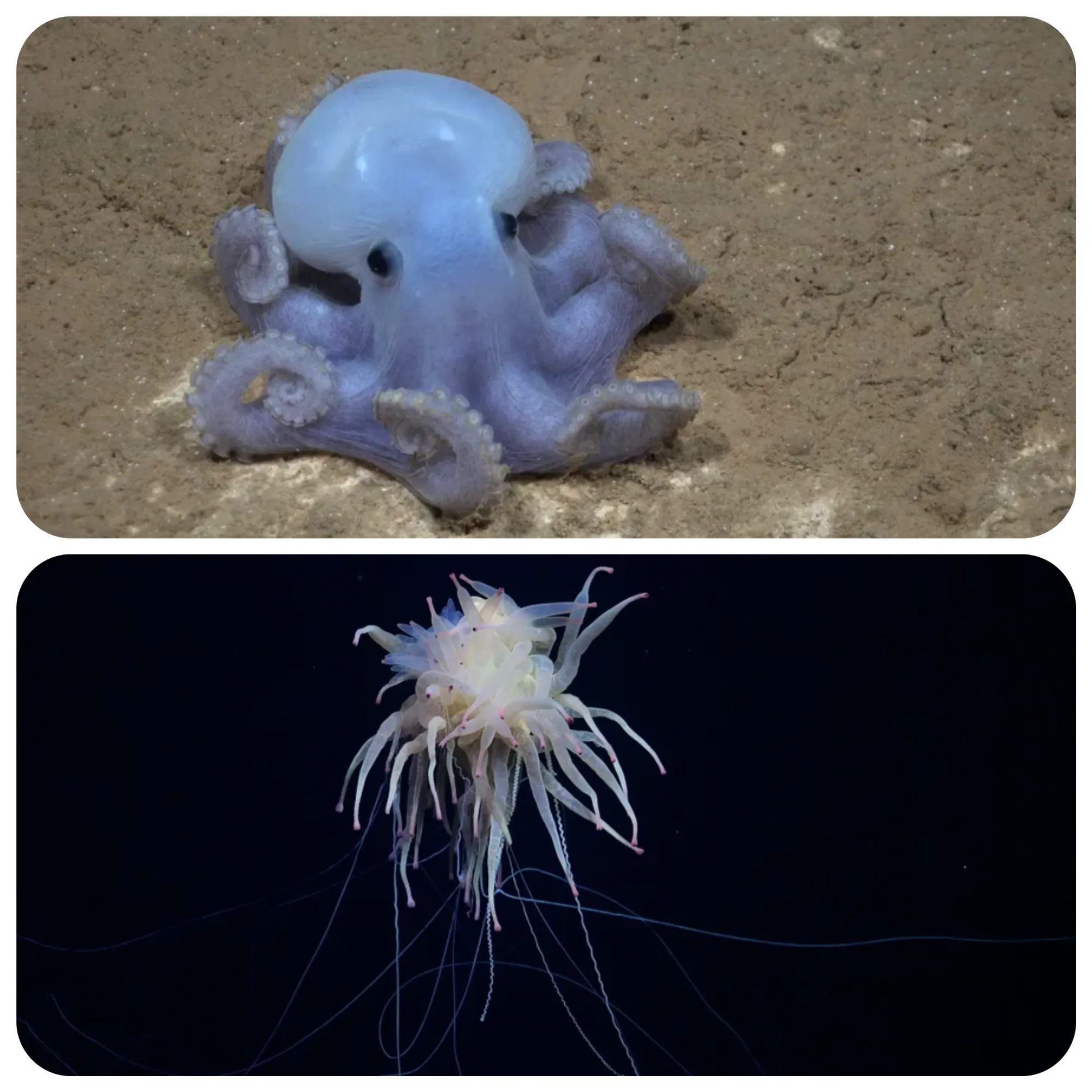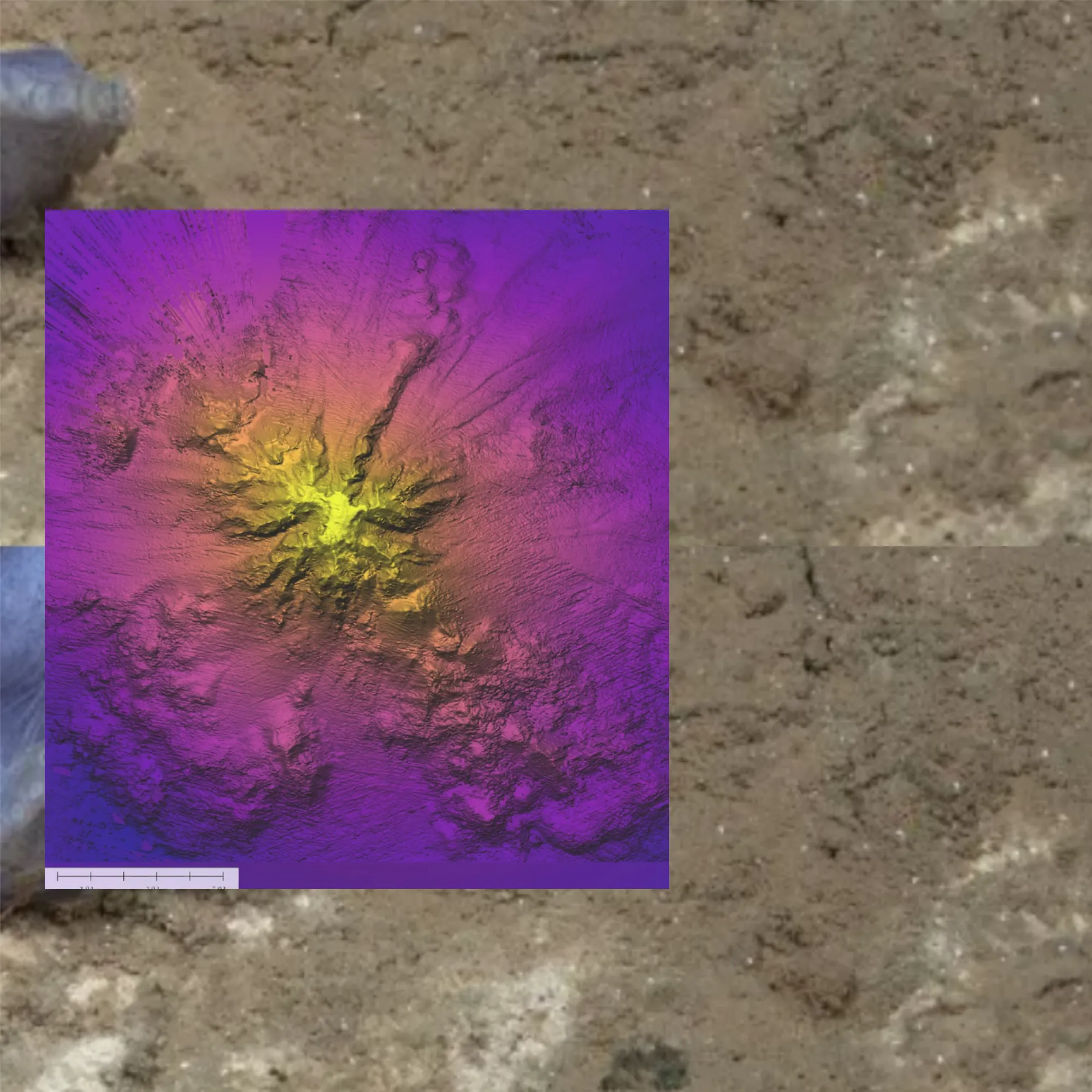
Oceanographers Unveil Underwater Mountain Taller Than Mount Olympus

A groundbreaking discovery by oceanographers has revealed an underwater mountain towering higher than Greece’s Mount Olympus. Imagine four Burj Khalifa skyscrapers, the world’s tallest building, stacked one on top of the other—that’s the scale of this colossal seamount recently discovered in the Pacific Ocean, about 900 miles (1,448 kilometers) off the coast of Chile.
This underwater mountain, rising 3,109 meters (1.9 miles) from the ocean floor, is part of an expansive mountain range teeming with unique marine life. Among its diverse ecosystems are sponge gardens, ancient coral structures, and rare species, including a newly filmed type of squid.
The discovery was made during a 28-day expedition by the Schmidt Ocean Institute, using the R/V Falkor (too) research vessel. The team mapped the seamount with advanced sonar technology, allowing them to gain a detailed understanding of the seabed’s topography. “Sound waves go down and bounce back off the surface, and we measure the time it takes to return, giving us a clear picture of the underwater landscape,” explained Jyotika Virmani, the institute’s executive director.
Currently, only 26% of the seafloor has been mapped to this level of detail, despite covering 71% of our planet’s surface. Oceanographers estimate there are at least 100,000 seamounts over 1,000 meters high across the globe. These underwater mountains serve as vital habitats for various marine species. The newly discovered seamount is not only taller than Mount Olympus, which stands at 2,917 meters (9,570 feet), but is also nearly quadruple the height of the Burj Khalifa at 830 meters (2,723 feet).

During the expedition, the team uncovered a rich biodiversity along one of the mountain’s ridges, documenting the ghostly white Casper octopus for the first time in the southern Pacific. They also encountered rare Bathyphysa siphonophores, nicknamed “flying spaghetti monsters” for their string-like appearance. The team even captured the first-ever footage of a live Promachoteuthis squid, previously known only from a few specimens.
These remarkable findings are part of the third expedition to the Nazca Ridge this year, a region located in international waters. The area is now being considered as a candidate for the world’s first high seas marine protected area under a new UN treaty adopted in 2023. Over the course of these expeditions, the researchers have mapped and explored 25 seamounts, uncovering 150 previously unknown species earlier this year and an additional 20 potential new species during the most recent mission.
The details of these newly discovered species will be shared with the Ocean Census, an ambitious global initiative aiming to identify 100,000 unknown marine species in the next decade. This effort will significantly enhance our understanding of the deep-sea ecosystem, aiding in its protection for future generations.






